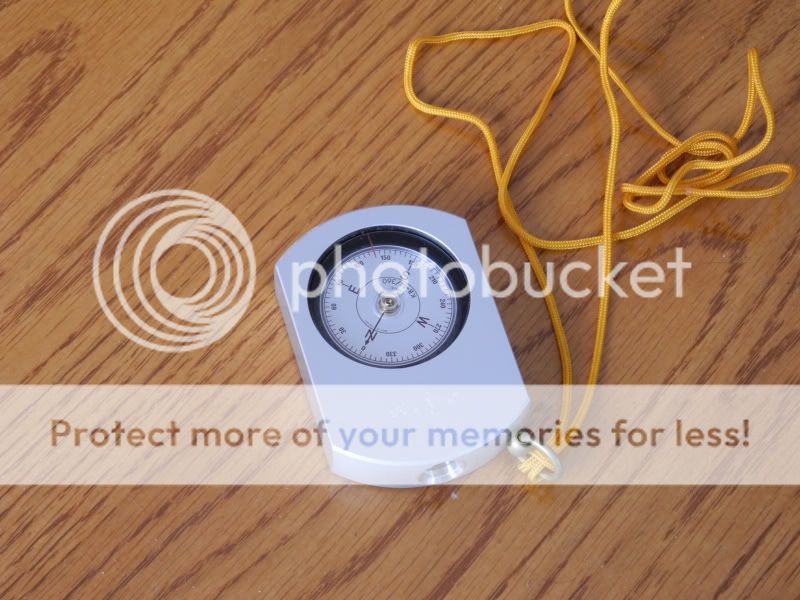So.... The zombie Appocolypse is upon you and you have to get from where you are to where you're gonna hide out. What's your compass of choice, and why?
Ken
Ken

Silva Ranger. Its what I've used for years.
 and everybody is GPS now? Hey, I can GPS too but there's something to be said for good old orienteering work.
and everybody is GPS now? Hey, I can GPS too but there's something to be said for good old orienteering work.I too have a Silva Ranger. Maps, on the other hand are becoming rare.
Easy one here a Cammenga #417 (3H ) tritium lensatic compass.... this is military grade and was issued to us in the Military the other option is non tritium and works just as well but you need to recharge in the sunlight for night use whereas the tritium version has a radioactive isotope that will illuminate on it's own.... btw no it will not cause cancer and is safe to keep on your body even though there is a radioactive element present. I did not purchase mine here... mine was military issue but this is the same one for sale on Amazon. http://www.amazon.com/OFFICIAL-MILI...dp_top_cm_cr_acr_txt?ie=UTF8&showViewpoints=1 Ohhhh yeah why do I recommend it.... because it's accurate ... can take one hell of a beating though not recommended too.... can be used with both MIL ( if you need aerial strikes lol ) or with UTM. I have also in the woods mapped out personal maps using nav points and pace counts very accurately. I would seriously and don't mean to seem too dramatic but I would trust this compass with my life and actually have trusted it with my life and what do you know I'm here to write about.
The K&R Dakar is the best if you know how to use a compass for land navigation. It has a long clear baseplate with sighting and adjustable declination.